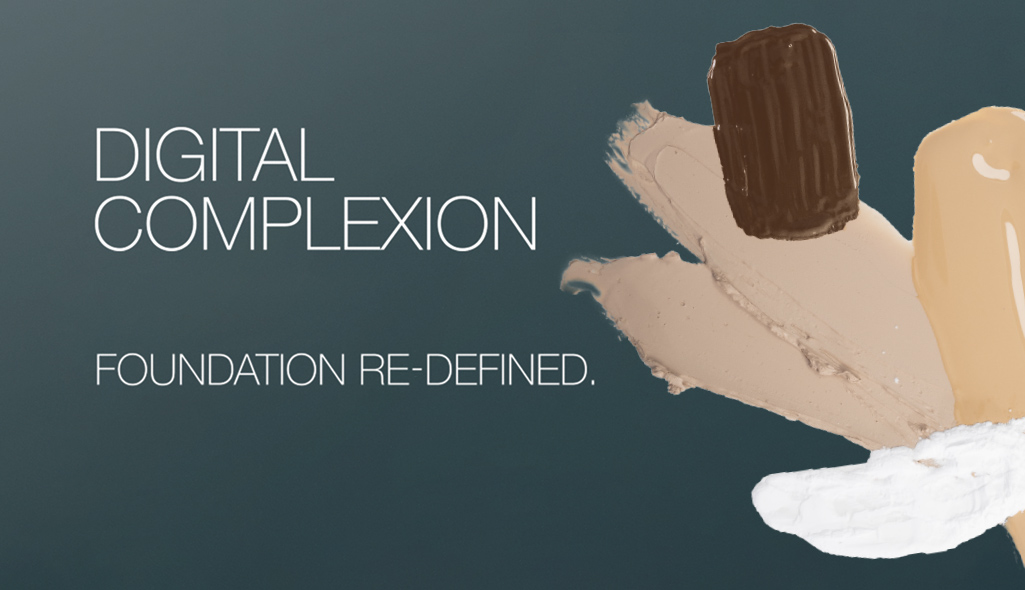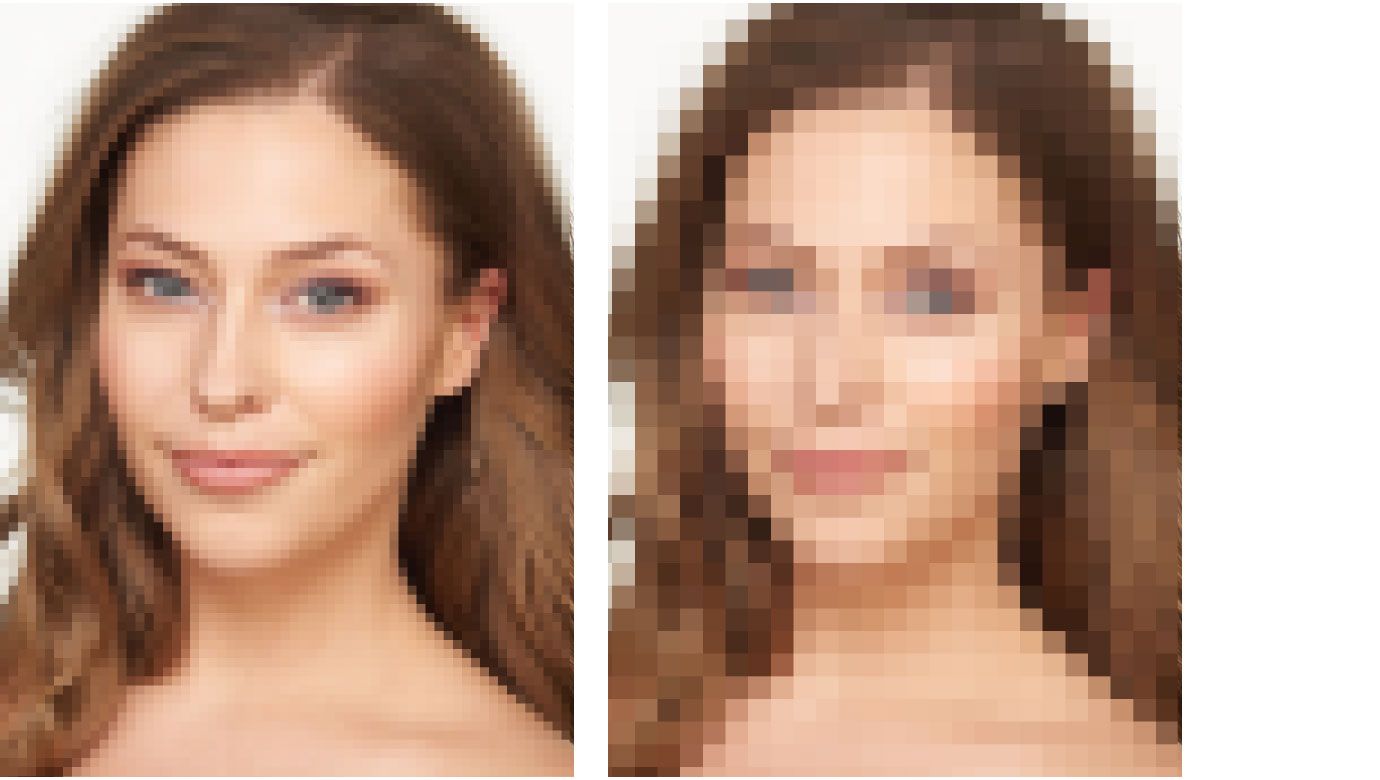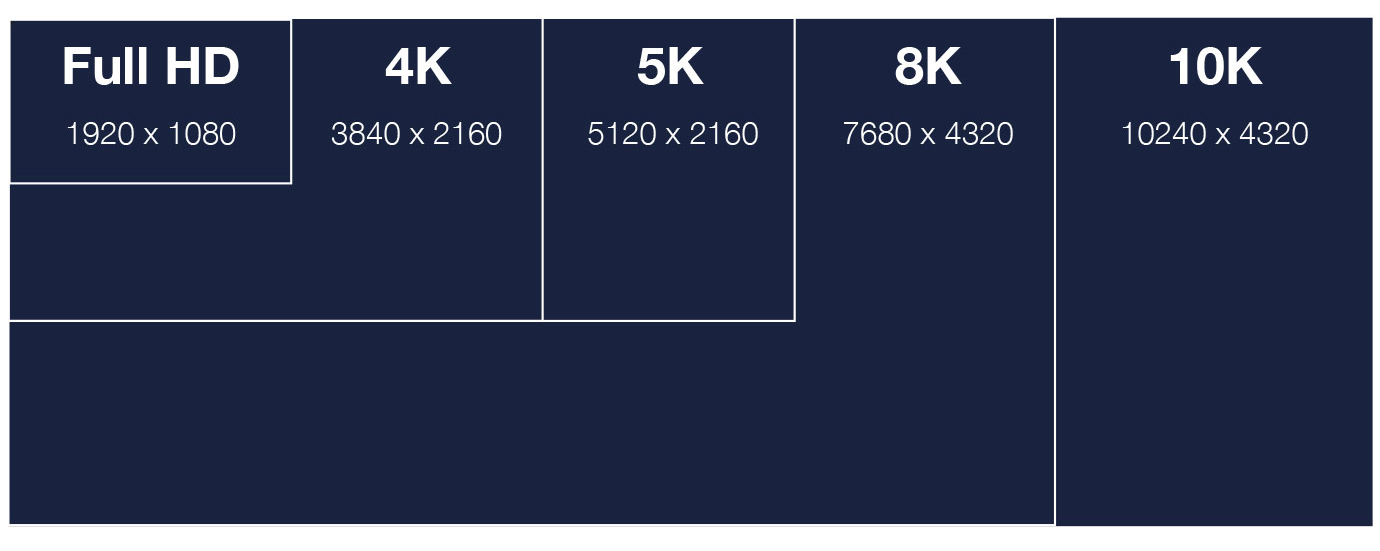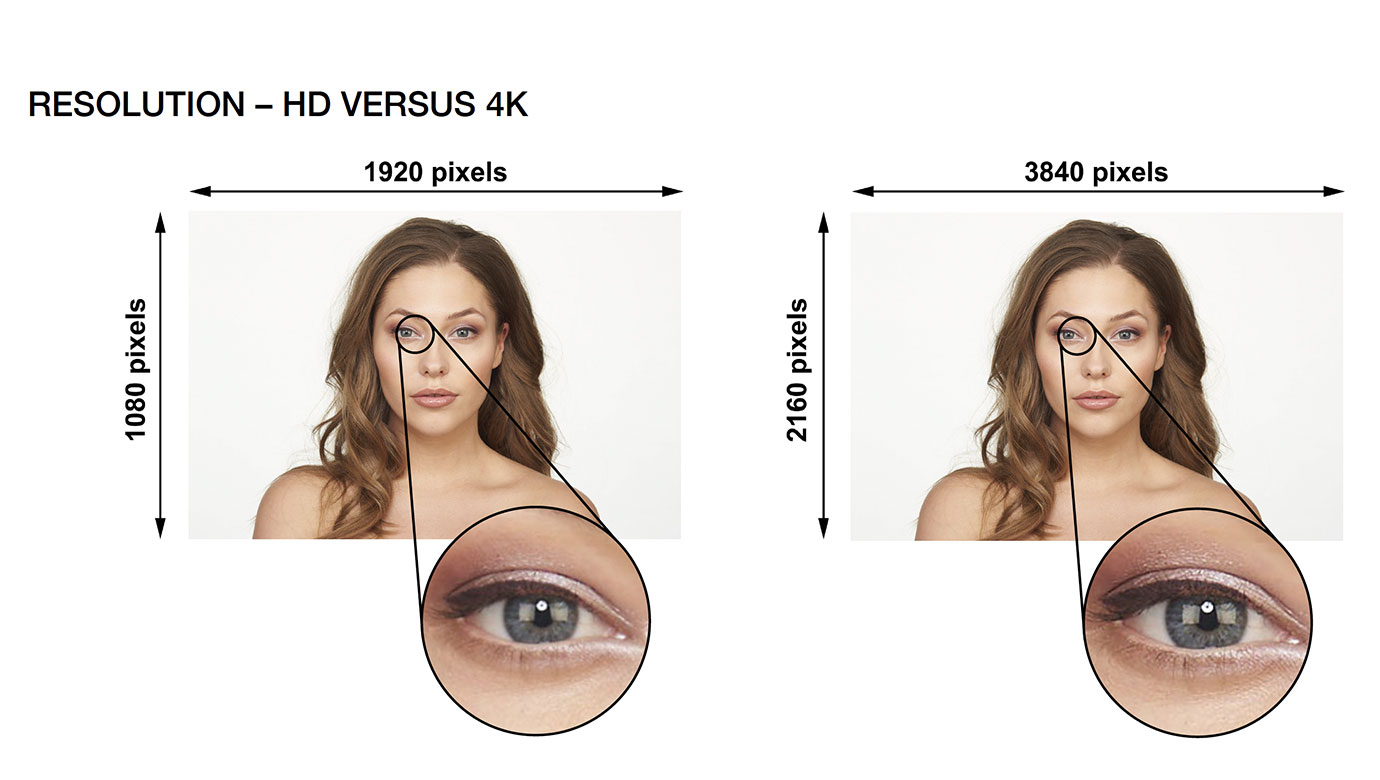
Products in Focus Digital Complexion – Foundation.
Digital Complexion – Foundation.
Re-defined. What does this mean?
WHY
The world of professional make-up like any other industry is constantly evolving and advancing. Cosmetic manufacturers need to consider the latest trends in color, packaging, ingredients and lifestyle. We as consumers, and professional make-up artist alike, demand superior quality, sustainability, faster drying, longer lasting, eco-friendly, color intensive, caring, shiny, matt, satin, the perfect scent, no scent, actives, acids, oils, no oils, water-resistant, easy to remove…the list goes on and on. Not only are all these factors important and relevant in today’s cosmetic industry but as a manufacturer, we also have to keep our finger on the pulse when it comes to innovative technologies. Since we were able to capture ourselves in print and in motion picture, we have been obsessed with making ourselves look perfect on camera. Clarity, resolution, color spectrum, lighting - all introduced to showcase ourselves in the best (flattering, of course) light. These advances and have a catalytic effect on everything seen on camera, not excluding make-up. Faces fill our TV’s, movie theaters, social channels and printed advertising in epic proportions all over the world, every single day. We are constantly fed imagery in nearly every direction we look. This constant exposure to what is deemed as the perfect aesthetic has made us all experts in the field. We critique and conclude within seconds of seeing an image, without even knowing we have done it. Therefore, the need to develop superior color cosmetics in order to meet our own high levels of expectation, and that of the advancing media equipment, has never been greater.So, what are the latest changes to consider?
HOW
Over the last twenty years or so HD (high-definition) has arguably been the most commonly used format for cameras from film studios to smartphones. We had never before seen the likes of such clarity in an image as what we experienced with HD, until now. ‘4K’ was the new word on the street when it came to the initial leap from HD. But since the emergence of 4K resolution, in a very short period of time, we are already experiencing 8-16k capabilities in certain technologies, the developments become faster and faster as our knowledge and technological advances grow.In order to understand what all this means we want to break it down a little. Put very simply, these terms, HD, 4K etc., refer to the level of resolution we see in an image. We have all heard of pixels, right? Pixels are tiny little squares that make up the detail in a full image. So, the more pixels in an image, the more detail we see and the sharper the image will appear.

REASON
An HD image starts at 1920 x 1080 pixels. This gives us 2,073,600 pixels that make up that one image. When we compare that to just even 4K, which starts at 3840 x 2160, we have 8,294,400 pixels. Four times the amount.
PROBLEM
So, what exactly does this all mean for make-up? This level of resolution provides greater contrasts, intensified sharpness of color and more refined details. For example, a shimmer eye shadow would appear shiny on HD due to the level of detail conveyed in the image from the reflection of the pigment. On 4K+ video cameras, we actually see the individual pigments of the eye shadow rather than just the reflection of them, more clarity, more texture.
So, for us, whether you’re a make-up lover or make-up artist, the main difference we will experience is accentuated texture of the skin and the products we put on it. A terrifying thought, we know! But don’t panic just yet…
THE SOLUTION
In the light of these technological advances within our industry, we needed to explore what this meant for developments in color cosmetics. Make-up truly is a science, and our teams knew with enough research and tests we would be able to develop products that meet expectations and deliver the requirements. We needed to produce products that appeared smooth and natural even under this exceptional resolution.RESEARCH
The teams at Kryolan HQ quickly set out a plan of action. Before we could start the development of a new line of products, Head Chemist at Kryolan, Dr. Jochen Gottfriedsen, needed to carry out research to understand what made 4K+ technologies different and in turn what effect did that have on make-up. “We needed to gain a scientific understanding of how our existing products held up in front of 4K cameras. When HD emerged onto the mass market, we discovered we needed new products because it emphasized shine too much in traditional make-ups, basically all light shades equaled white.” Our theory with 4K was that we wouldn’t need to change anything in terms of shine this time, but with such a greater clarity of image, would the texture of some products become a problem.At this stage, back in 2016, Kryolan conducted an intensive, weeklong, testing exercise to identify and evaluate what would need to be developed. A full film crew, armed with all the latest cutting-edge cameras and screens, set up four sets in order to record the performance of our products in comparison from HD to 4K. Among the teams on set were members of the laboratory team, six artists from our international Kryolan Pro Team and representatives from management and marketing.
A black out tent was set up in the middle of the studio hanger with four large screens calibrated inside to analyze the results. We had two home quality screens one in HD and one in 4K, and the same in production quality monitors. The first test was of one of the crew, without make-up, just to see the difference of clarity on natural skin. This provoked an instant reaction of amazement throughout the entire team. Wow! “The difference was astounding.” says Global Head of Make-up Paul Merchant. “…we couldn’t believe the amount of detail that was visible on the 4K screen in comparison to HD, initially I was concerned. How would we get make-up to look natural, like skin, under this scrutiny? “
For the next five days the teams would compare hundreds of different products from beauty to SFX and meticulously record their finds between the two resolutions. Transparency, opacity, skin, product visibility, structure and texture, reflection and color variance. Just a handful of the recorded observations the team would make for each test.
After a long, eye opening week, the team sat round to discuss their conclusions. “I will need to use mattifiers in the formulation that do not appear to lighten the skin.” Dr. Gottfriedsen identified that one of the problems would be that certain ingredients used to reduce shine in certain products was actually visible on 4K. On HD they were invisible and purely acted as a mattifier, now they were affecting the color of the product on camera, they have a brightening effect that we couldn’t control. “Texture!” most of the make-up team said simultaneously. Texture was highlighted beyond expectation. Fine powders, invisible on HD, now appear like grains of sand in comparison on 4K. “We will need to produce matt foundations and concealers that are self-setting or require minimal powder. We also need a powder that is ultra-fine to avoid being detected on the camera.”
The initial tests were complete, now it was time for the teams in the lab to get to work.
DEVELOPMENT & TESTING
The entire team concluded that the products that were mainly affected by the clarity of the resolution were skin tones. In order to achieve the desired results of natural looking skin on these advancing technologies we would need to develop the following: Primers for all skin types, a fluid and a cream foundation, concealer, color correctors, and a setting powder. Development usually follows the same format each time. Once the product/s have been decided on the team need to then define the properties.• What is it for? - Use on 4K+ technologies (don’t forget that also includes all our smartphones!!!!)
• Who is it for? - Professionals and Consumers (movie sets to mobile phones)
• Color and Coverage - Must remain true on camera / sheer to medium
• Durability - Long-lasting and self-setting
• Texture - lightweight and smooth
• Finish - Matt
• Additional/functional effect – must diffuse light for a soft appearance and appear smooth without texture.
These are the main points that the lab needs to begin making samples. The first initial samples were created relatively quickly following all the information we had documented from the camera tests. Once the lab is happy with the formula and structure of the sample it is passed to the international make-up Pro Team to test. It is their job to determine if it performs to the standard, they expect under advanced camera technologies, but also comment on working with the product. Does it feel nice? Is it easy to apply? Can you blend it well? Does it set to fast or too slow? How does it feel on the skin? How durable is it? Is it compatible with other products? Can it be layered? What skin types is it suitable for?
A whole list needs to be checked each time, initially by a small team of internal artists. This stage goes back and forth from the lab to the make-up artists until they all agree they’re happy with the sample. From this stage a wider test audience are included, consumer target groups are asked to test the product and provide their feedback on all of the stated questions above. Once all our internal target groups of happy stability tests start to be carried out in the lab, while we reach out to our trusted friends and colleagues in the make-up industry and ask their opinions on the prototypes.
Over the course of four years in development the range was intensely tested across a multitude of environments and medias. Samples were sent all over Europe, India, South Africa, Brazil, USA, Asia and the UAE to trusted partners and friends who each in turn tested color ranges, durability and performance in each individual climate and environment. Make-up schools and colleges, with which the brand has close connections, carried out multiple compatibility tests. Members of our marketing team wore the product every day for over two years to fully test its performance level. Most importantly is how it performed on modern day camera resolutions. Our own Kryolan Pro Team tested the range on countless photo shoots and fashion films, each time evaluating the products’ performance. The range was used on live broadcasts of television and music award ceremonies, live arena performances, globally streamed music events, music videos and televised celebrity red carpet events. Often the response from the artist that had kindly tested the products on their clients would be, ‘When can I get more?!’
The testing process was a huge success, and we were confident that we had achieved what we had set out to accomplish.
Are you excited now? Well, try and see yourself!


